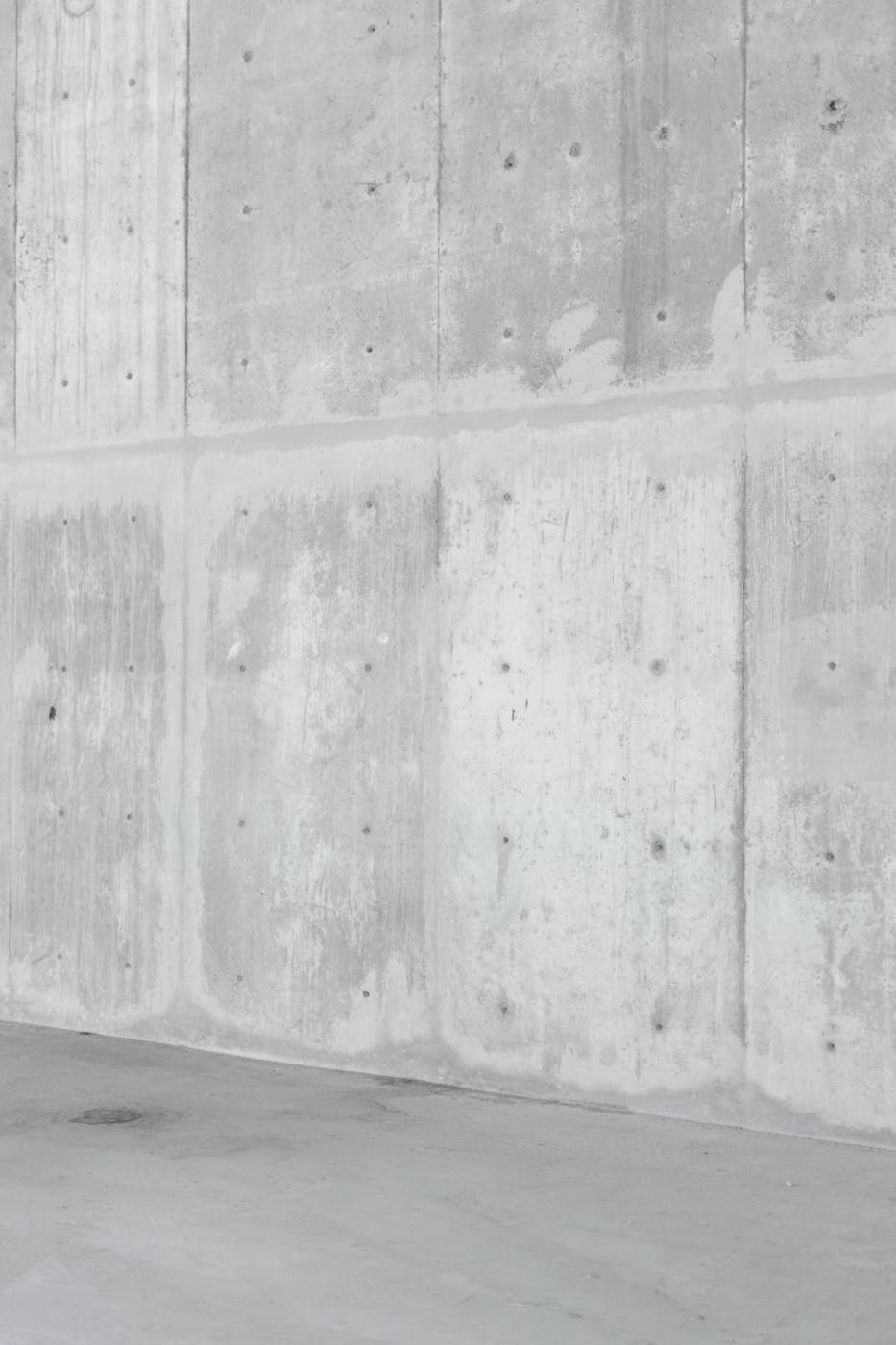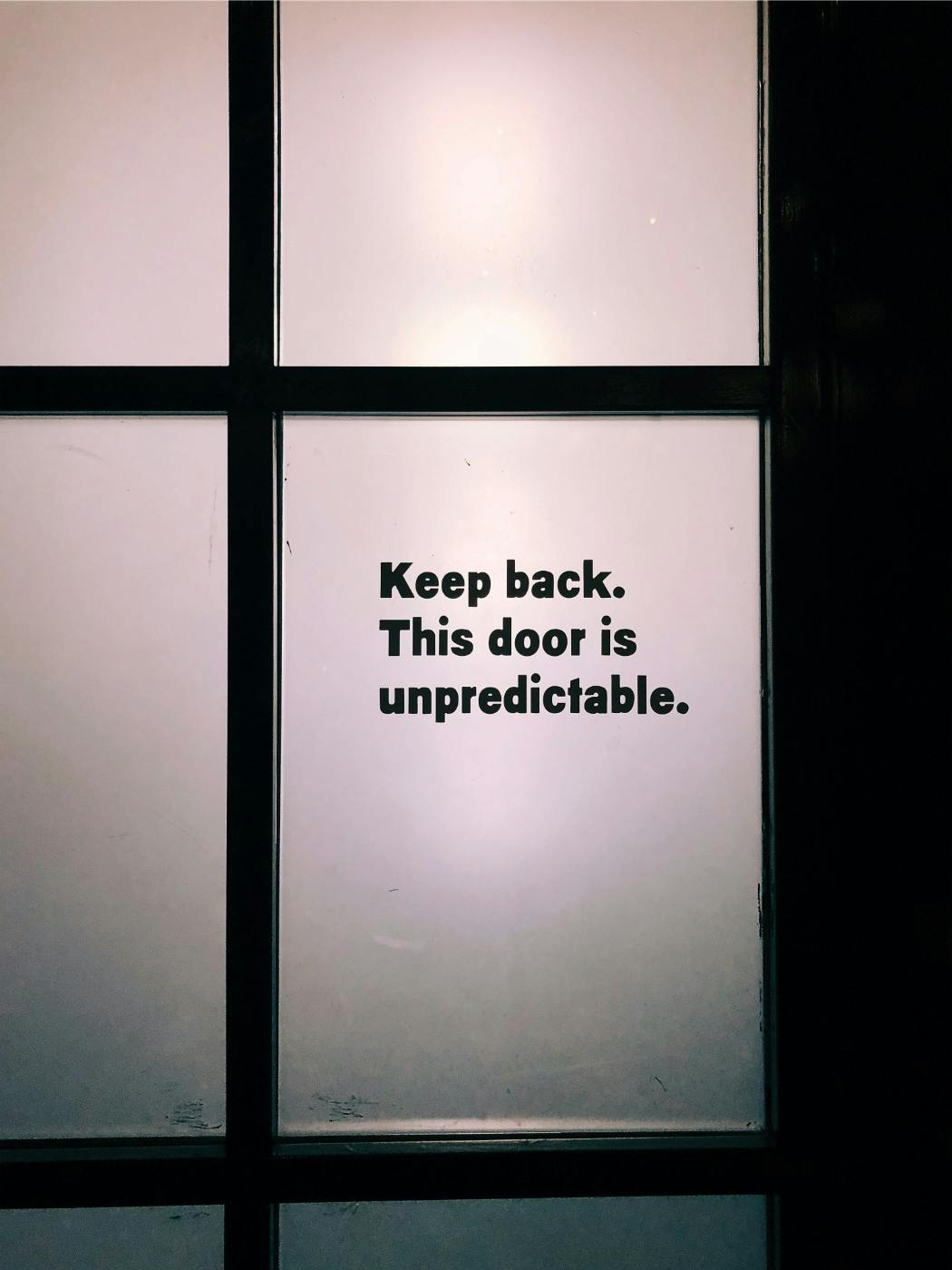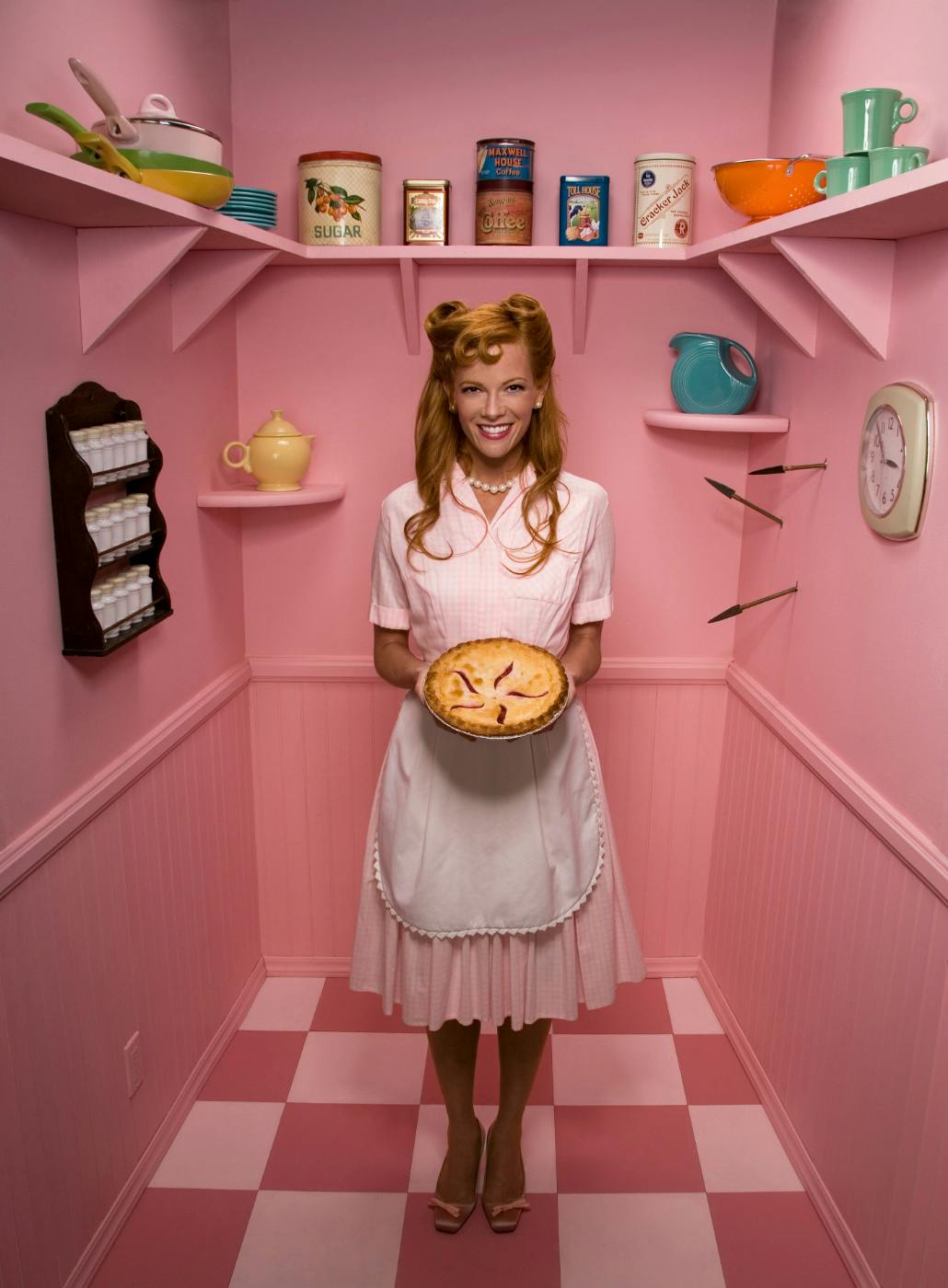
Brands are supposed to stand for something. But too often, they stand near something. Next to it. In the vicinity of meaning, but never quite touching it.
I really don’t know a lot about art. It’s sad when you claim to be an artist. But I admit, some modern art leaves me cold and lost. I’m a Caravaggio fan, and I love the work of Edward Hopper. Not just Nighthawks—the painting that’s been bastardized by the introduction of Elvis and Marilyn Monroe—but pieces like Chop Suey ring such sadness and hollowness in me, and that attracts me to his work. But again, I admit, I don’t know a great deal about art.
A while back, in NYC, a friend took me to a little gallery where an artist she knew was having a showing. Now, this isn’t a story of me standing in front of a chair thinking it was an exhibit, only to find that it was just a chair. No, not that story.
It is, however, the story of me looking at a canvas with two dots on it: one blue, one red. Two dots of paint. Not perfect, round dots—just spots. Blots. Clots of paint. One blue and one red. I looked at that piece for a long time, struggling to figure out why it was art.
After the exhibit, we went for a drink, and she remarked that I had looked at the piece for a long time. I said that I liked it.<br />“Were you moved by it?” my friend asked.<br />I shrugged. “Not moved,” I replied. “Just… I don’t know. Is it art?”
We spent the rest of the evening talking about the exhibit, and I kept coming back to that one piece—the two dots of color.<br />“Is that art?” I kept asking.<br />It looked to me like something a two-year-old might do in class.
Two days later, we met for coffee, and I immediately made some joke about the piece.<br />“Art challenges us,” she said, as if that was an answer.
A week after that, she was on a date when we met up again. She introduced me to her date, and I immediately went into a bit about the two dots.<br />Her date said, “Sounds like it had a profound effect on you. That showing was weeks ago, and you’re still talking about it.”<br />He shook my hand. She laughed at me the way she always did—like she’d known I’d get there eventually. And off they went.
But they were right. I had no idea what to think about the painting of two dots, but for several weeks, I kept thinking about it. Why was it art? What should I see in it? Why was I still obsessed with it?
Because good art challenges us. It challenges our views, our very definition of art. That challenge is what makes art, art. And that stuck with me, not just because of the painting, but because of the question it forced me to ask. Why did something so simple, so strange, stay with me longer than most ads, slogans, or brand campaigns ever do? Why was I still haunted by two dots of paint, while most brands vanish from memory the moment they’re seen?
Maybe it’s because good art doesn’t just ask for attention—it demands engagement.<br />And maybe branding should, too.

When a Brand Tries to Be Everything, It Becomes Nothing
Brands are supposed to stand for something. But too often, they stand near something. Next to it. In the vicinity of meaning, but never quite touching it.
Why? Because meaning carries risk. Because clarity offends. Because taking a stand—or having a soul—might make someone uncomfortable. And so, instead of conviction, we get consensus. Instead of voice, we get tone guidelines. Instead of branding that cuts deep, we get branding that smooths everything over.
Safe branding is wallpaper. It fills the space but says nothing. It decorates the moment, then vanishes.
We’ve trained brands to fear the very things that make art memorable: tension, friction, emotional risk, and the possibility of being misunderstood.
But misunderstanding is part of meaning. It’s proof that someone’s paying attention. That they’ve stopped scrolling long enough to feel something, even if they don’t know what it is yet.
That two-dot painting didn’t offer clarity. It offered a question. And I carried that question with me for weeks.
When was the last time a brand did that?
If branding is only allowed to reassure, flatter, and echo what everyone already believes, then it’s not branding. It’s just noise, pretending to have shape.
So what happens when a brand leans into tension? When it embraces discomfort, not as a stunt, but as a signal? That’s when it starts to behave like art. And that’s where the real connection begins.
The Brands That Leave a Mark Aren’t Always the Loudest
When we talk about brands that behave like artists, we’re not talking about shock value. We’re talking about brands that lead with intention. That risk clarity. That makes decisions based on meaning, not metrics.
Take Patagonia. It’s not just a clothing company—it’s a philosophy in fleece. They don’t just market to people who hike; they call out the industry they profit from. They’ve told customers not to buy their products. They’ve taken political stances, funded lawsuits, and returned their profits to the planet. Agree or disagree, you remember them. Why? Because they’ve made branding a form of belief.
Or Ben & Jerry’s. They’re not subtle. They name names. They issue statements. They tie flavors to causes and take heat for it. But you never wonder what they stand for.
And then there are the quieter ones. Brands that don't shout, but still challenge. A skincare brand that talks about aging without shame. A fashion line that refuses to retouch. A tech startup that says, “This isn’t for everyone”—and means it.
These brands aren’t trying to offend. They’re trying to connect. And in doing so, they risk not being liked by everyone. That’s the point. They’re saying, “We believe this. You might not. But this is what we stand on.”
That’s art. It’s not decoration—it’s declaration.
Not everything needs to shout. Not everything needs to shock. But if a brand can make someone stop—just for a second—and feel something unexpected, or ask a question they hadn’t thought to ask, that’s enough.
That’s the mark. That’s the moment. That’s the kind of branding that doesn’t just fill space—it sticks.

The Comfort of Caution—and the Cost of It
There’s a reason most brands don’t dare to challenge. It’s not a lack of vision—it’s the fear of being wrong. Of offending. Of losing market share, board approval, or followers.
Caution feels responsible. It feels safe. It feels smart. You hire the right agency, create the right decks, get the tone right, the voice right, and the visuals on brand. Everything is right.
Except it’s lifeless.
Because the truth is, most brand decisions aren’t made by people—they’re made by groups. And groups don’t make bold choices. Groups smooth things out. They balance, moderate, and protect. It’s not malicious—it’s just what happens when too many eyes are trained on too many risks.
And so the sharp edges get filed down. The honesty gets softened. The weirdness gets walked back. The result isn’t a disaster. It’s just… nothing.
And nothing is easy to ignore.
When you strip away the challenge, the tension, the unexpected, you’re not left with safety. You’re left with sameness. And sameness doesn’t spark anything, except maybe polite applause.
But no one remembers polite applause. The good news is, tension doesn’t have to come from making noise. It doesn’t always require a manifesto or a dramatic brand stunt. Sometimes, the most powerful tension shows up in the smallest decisions—language, design, silence, what’s said and what’s deliberately left unsaid.
That’s where the real art of branding begins to take shape.
Tension Lives in the Details
Not every brand gets to release a statement that shakes the industry. Not every brand wants to. And truthfully, not every brand needs to.
Some of the most quietly radical branding happens in the tiniest, most intentional decisions—moments that could so easily go unnoticed, and yet they change the entire experience of how someone feels a brand.
It’s in the choice to leave silence where everyone else fills space.<br />It’s in a product description that reads like it was written by a real person, not a content management system.<br /> It’s in a website that doesn’t follow the rules.<br /> It’s in a tagline that invites thought instead of demanding attention.<br /> It’s in a photo that doesn’t crop the human out of the mess.<br /> It’s in the refusal to explain everything.
Tension doesn’t always scream. Sometimes it just sits there, daring the viewer to look closer. Like two imperfect dots of paint, doing nothing. And in doing nothing, doing everything.
This is where branding becomes more than strategy. This is where it becomes art, not because it’s abstract or obscure, but because it invites meaning. It creates space for interpretation. It trusts the audience enough not to handhold them through every thought.
That kind of branding can’t be faked. It has to be felt, first, by the people making it.
It requires discomfort. It requires trust. And it requires the willingness to let something be misunderstood.

When Brands Get It Wrong
Of course, tension is tricky. It can’t be forced. It can’t be faked. And when it is, we feel it.
We’ve all seen the campaigns that try to provoke, only to backpedal. The performative allyship during Pride Month, the International Women’s Day tweets from companies with no women in leadership, and the brands that slap a bold message over a beige reality. It’s not just tone-deaf—it’s insulting. Not because it’s loud, but because it’s hollow.
When a brand tries to challenge or disrupt without earning it, it rings false. And worse, it breaks trust. Audiences can sense when something’s done for applause instead of belief, when it’s a stunt, not a stance.
Art works because it’s anchored in something real, even if it’s confusing, even if it’s divisive. It means something. That’s what gives it weight.
Brands don’t have to be perfect. But they do have to be honest. Honesty can still be flawed. It can still be messy. But if the tension you’re creating isn’t rooted in truth, it becomes noise at best—and manipulation at worst.
This is the difference between using tension to reveal something and using it to sell something.
The first is art. The second is advertising pretending to have a soul. So, how do we get it right?<br /> How do we bring that weight, that honesty, that challenge, into the real work of building a brand, writing the copy, choosing the frame, shaping the message?
It starts with different questions. And a willingness to sit in the tension ourselves, before we ever ask an audience to.
A Brand Builder’s Guide to Sitting in the Tension
This isn’t about rebranding yourself as “edgy.” It’s not about being controversial for clicks or adding a little grit for flavor. It’s about doing the harder, quieter work of asking better questions—and being willing to stay with them.
Questions like:
- What are we afraid to say, and why?<br />
- Who are we trying not to offend—and what does that cost us?<br />
- Where are we smoothing over discomfort that could actually lead to meaning?<br />
- Are we telling the truth, or just telling a version we think will test better?<br />
- If someone challenged us on this message, would we defend it, or delete it?<br />
These aren’t always easy questions to ask. And they’re even harder to answer when there are deadlines, stakeholders, performance metrics, and brand guides in play. But this is the work.
Because branding, at its core, isn’t just about shaping perception. It’s about showing who you are—and doing it clearly enough that someone might actually disagree with you.
That means trusting your voice. It means letting the weirdness in. It means choosing specificity over polish. It means deciding, again and again, not to default to safety. It means walking through the gallery and choosing to be the two dots—quiet, strange, unforgettable.
It’s not always comfortable. But it’s the only way to make something worth remembering.

Summing Up: The Branding That Lingers
We don’t have to pretend that branding is high art. It isn’t. But it can take a page from the things that move us. It can choose tension over trivia. It can make people pause. Question. Feel.
That painting—the one with the two dots—I still don’t know what it meant. Maybe nothing. Maybe everything. But it changed the way I think about presence. About space. About how little it takes to stay with someone when you let the moment just be what it is.
That’s the kind of branding I want to make. The kind that doesn’t try to decorate the wall.<br /> The kind that dares to hang there.
At ThoughtLab, we believe branding can do more than sell—it can mean. And that meaning starts when you stop smoothing the edges and start asking harder questions. The kind that linger. The kind that matters. The kind that feels just a little uncomfortable, in the best way.

